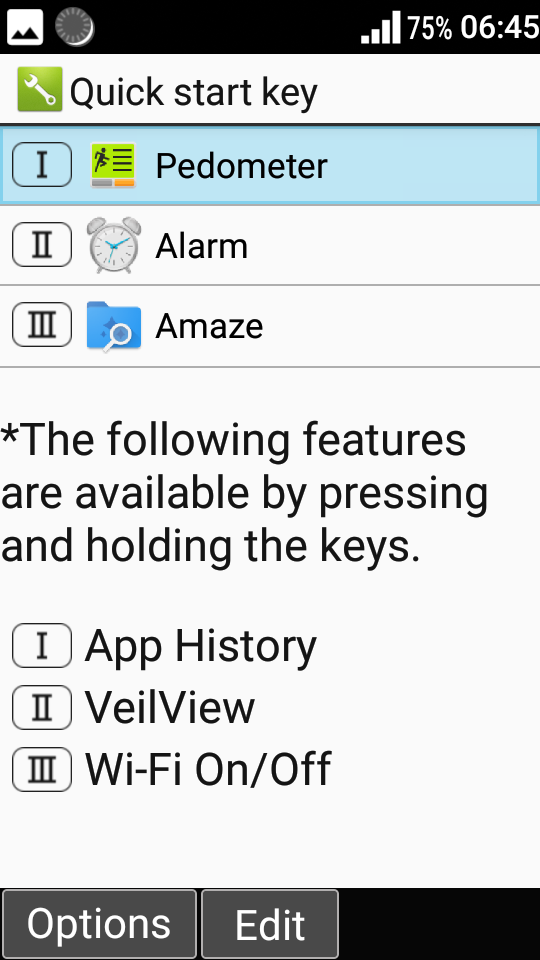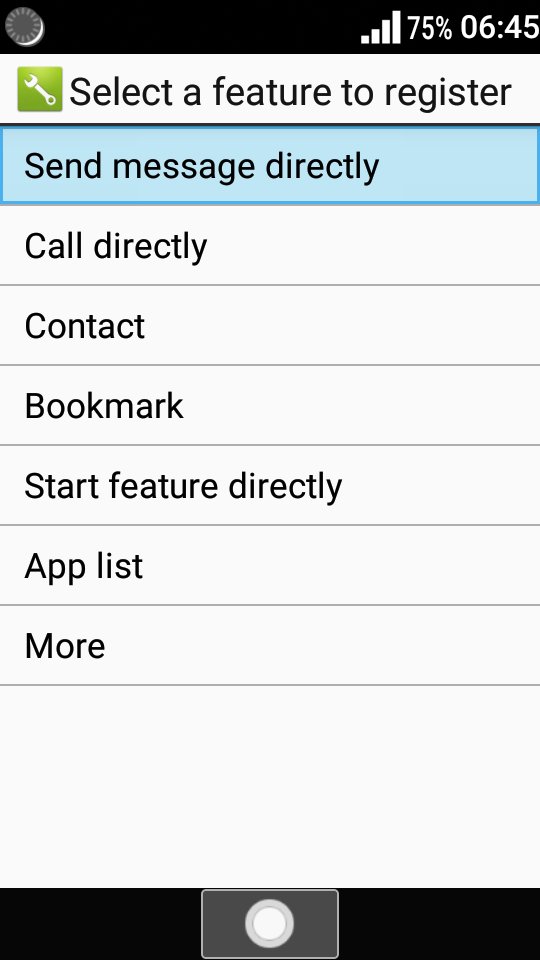I did extensive research, listing all parameters that I care about in a phone in a table. It turns out that CPU/RAM is basically the same across multiple generations; the main differentiating factor therefore becomes the version of Android each phone uses, since it affects app compatibility and user experience, and AFAIK no Android updates are provided. Strangely, the version of Android is often not listed in the official spec sheet, and I have to rely on third party forums for that information.
I still have PTSD about Android 5 and 6. Being the first versions that switched to ART from Dalvik (yes I know it was available in developer options in 4.4 but it wasn't forced), it was very slow, especially when installing apps, and compatibility of some apps suffered (I still remember PlayStation Mobile which didn't work even on 4.4 with ART). I was using a Nexus 5 back then and I downgraded back to 4.4. Android 7 brought significant improvements in ART: installing apps is now way faster, comparable to the way it was back in 4.4, since the installation process no longer compiles everything AOT.
Looking at the table, the garaho kept using 5.1 for a long time, until the manufacturers finally switched to 8.1 in 2019. Unfortunately, that was also when manufacturers stopped making the phones with more interesting colors, like pink or purple. Aquos Keitai 3 has black, white and green, while Aquos Keitai 2 additionally has pink and yellow. Kyocera's Digno Keitai 3 is the only Android 8.1 phone that still has pink, but that's way more expensive on Xianyu for some reason (800 CNY vs 400 CNY for Aquos Keitai 3). The Android 10 phones released in 2022 don't have a pink option any more (though GRATINA KYF42 from au/Kyocera has a light blue option). So I settled on a green Aquos Keitai 3.
I bought one on Xianyu, and the phone came with a bunch of Chinese apps installed, presumably by the seller; because normal Chinese users are just too dumb to install software by themselves I guess. That said, among the apps that the seller installed, there are actually several useful ones that I would never be able to find by myself.
"Locale & Language" is interesting. I thought root access would be required for this, but apparently not. The seller used it to force system language to zh-CN, which makes system apps display Chinese for the most part. Strings added by Sharp/SoftBank, for additional features not in stock Android, would fallback to English. The system settings app only exposes English (en-US) and Japanese (ja-JP).
"Input method switcher" is only 7.9KiB in size, and displays a dialog (in Chinese) with only two buttons, one for enabling and disabling input methods, and the other for switching between enabled input methods. While this app would be redundant in touchscreen Android devices - as you can just tap the persistent notification for this purpose - it turned out to be very useful on this phone (and probably other Japanese garaho as well). First of all, there's no way to activate the notification center everywhere, at least not by default. In a completely stock state, the only way to activate notification center, is to press up at the standby screen (which would allow you to select either the notification center, the clock, or the pedometer), and then press the center key of the D-pad. Even after I assigned the I key to activating the notification center (thanks to Nova Launcher, which I will talk about below), the IME switcher notification would be gone when I press the I key. So the only way to toggle and switch IMEs on the fly would be to use a helper app like this. I assigned it to the III key, but haven't used it at all (more about this below).
"Sim Manager". I guess the seller installed it for buyers to easily toggle mobile data, instead of having to enter system settings manually. While it's tiny at 63KiB, I don't have any use for it, so I uninstalled it.
"Volumer" is again an app that would not be necessary on normal Android phones, but the Aquos Keitai 3 actually doesn't have physical volume keys! The official manual expects the user to adjust each type of volume in the specific apps like the music player and the internet browser! This is unacceptable IMO, so I kept this app. It seems to be made by a Chinese dev as the English text is unnatural in some places, but at 1.6MiB this probably doesn't have any rogue code.
I uninstalled all other apps installed by the seller, as I don't want to use Chinese services on this phone (I have another phone for that).
The keypad looks like this:
The keys around the D-pad send F1~F4 key codes as I labeled them; they're actually labeled with a mail/envelope icon (for email/SMS), a globe icon (for browser), a shortcut arrow icon above the text "文字", and a camera icon above a TV icon. F3 and F4 are secondary soft keys. The "manner mode" key on the side sends F9.
In addition, on the D-Pad, up is labeled with an upwards triangle (used to access the "home screen widgets" and notification center), down is labeled with a book (contacts), and left and right are for call log for sent and received calls respectively. The Clear/Back key is labeled with a tape icon for answerphone. These labeled features are accessible when on the standby screen with the default launcher.
The "Clear/Back" key between the send call and end call keys act as the Android Back key, or a delete key during text editing. The behavior of the delete key is weird when using S-Shoin; it would forward-delete (like the delete key instead of backspace key on a computer keyboard) if the cursor is not at the end, and would only backward-delete when the cursor is at the end. This takes some time to get used to.
This key layout is basically the "standard Japanese garakei layout" among all 3 carriers, with only minor differences regarding how the soft keys are used. On Docomo phones, the key labels on the bottom of the screen has space for all 4 softkeys, though rarely is all 4 used. The 3 keys at the bottom labeled I/II/III on this phone can also have different usages on different phones, but usually there would be 3 keys below the numbers.
The D-Pad sends DPAD_UP, DPAD_DOWN, DPAD_LEFT, DPAD_RIGHT, and DPAD_CENTER key codes. This is logical, but I've found out that some games (like Edge by Mobigame, and J2ME Loader in its default key config) doesn't accept DPAD_CENTER as a confirm key, and instead only accepts ENTER. This really is unfortunate. While the key config in J2ME Loader can be changed, you can't do this with Edge, so you'd have to use the mouse cursor to confirm.
The three keys on the bottom are officially named Quick Start Keys (クイック起動キー). You can assign an app or shortcut (like "Any Cut") to short presses of each key. Long presses cannot be changed, as far as I can tell; long press I for the app switcher, II to toggle VeilView (のぞき見防止, anti-peeking, a feature that overlays an image pattern on the screen to make it hard to discern the contents on the screen from an angle), and III to toggle Wi-Fi.


To take a screenshot, long press the end call key and the II key simultaneously.
I used KeyCodeDisp, which is how I knew about the key codes mentioned above. The quick start keys and the end call key are intercepted by the OS and can't be captured by the app. The send call key, as expected, sends the key code CALL, which is 5. By using the key code 5 in MATVT you can long press the call key to toggle the mouse cursor, like on earlier Aquos Keitai phones.
The end call key's behavior is weird. Pressing it kills the current app and returns to the last active one. When pressed on the home screen, it seems to act as the home key, as in Nova Launcher it brings up the search menu.
The keys are on a thin film of some kind that covers the whole front of the phone, probably for water resistance purposes. The film isn't glued to the "panel" (?) underneath, so it feels a bit weird.
The only speaker on this phone is the earpiece, which means it's not very loud, especially when the phone is closed. Even at 100% volume, it's still not loud enough, and would be hard to hear from a few meters away, especially if a door is in the way, or if there's noise in the environment. The successor, Aquos Keitai 4, added a speaker on the back to address this problem.